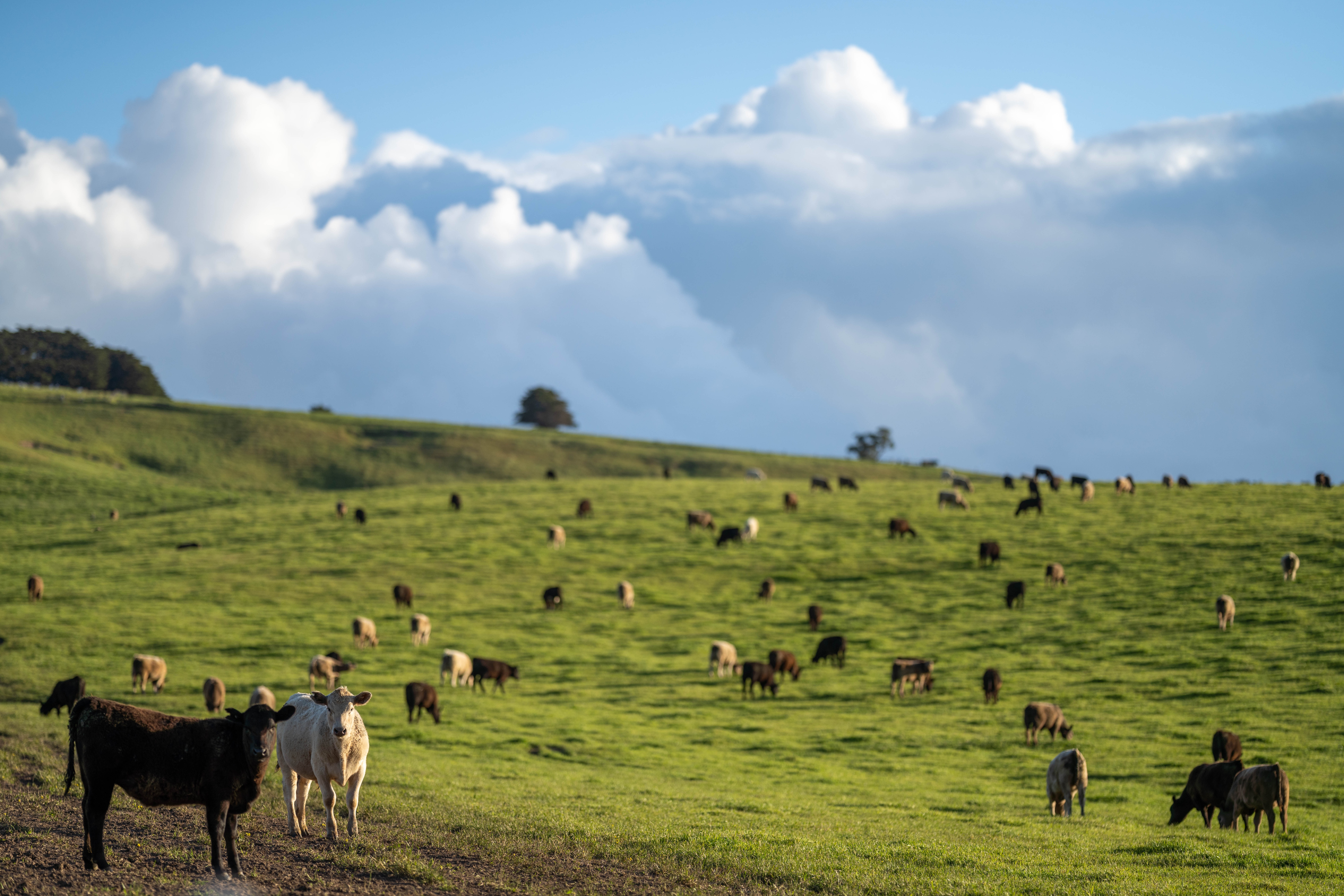 Prescribed, or managed, grazing is a technique to actively manage the timing and intensity of grazing on any one pasture or field by moving, or rotating, the grazing herd from one sub-pasture to another. These rotations follow a prescription based on each area's herd and land characteristics. Livestock's selective grazing of the vegetation they prefer while ignoring what they don't, weakens the desired plants over time and allows unwanted plants to thrive. As this pattern continues, pastures and grazing lands become overused and less productive. Rotational grazing allows preferred vegetation and soil to recover and replenish.
Prescribed, or managed, grazing is a technique to actively manage the timing and intensity of grazing on any one pasture or field by moving, or rotating, the grazing herd from one sub-pasture to another. These rotations follow a prescription based on each area's herd and land characteristics. Livestock's selective grazing of the vegetation they prefer while ignoring what they don't, weakens the desired plants over time and allows unwanted plants to thrive. As this pattern continues, pastures and grazing lands become overused and less productive. Rotational grazing allows preferred vegetation and soil to recover and replenish.
Improving the quality and supply of preferred vegetation through rotational grazing yields the benefits of increased livestock production and improved habitats for wildlife. The recovery time provided for plants also reduces soil erosion and enhances its ability to retain water.
Rotational grazing patterns can be arranged in a few different systems.
Learn more about the most common options, as well as the process and its benefits on the CA Field Office Technical Guide website.
The following sections highlight some of the most applicable and effective methods for the Sacramento region and provide access to additional sources to learn more.
